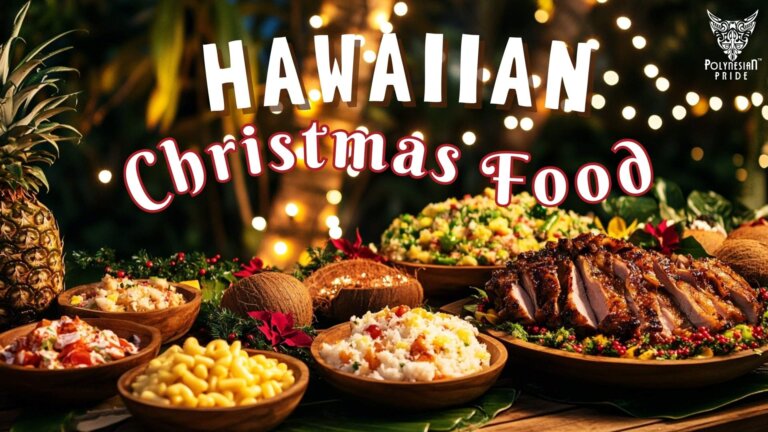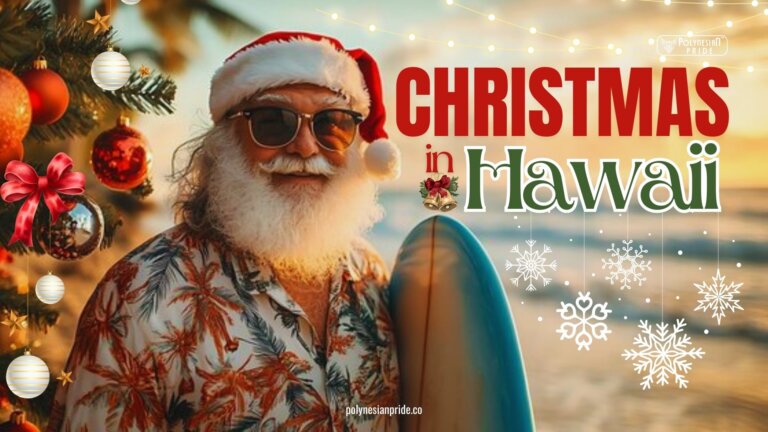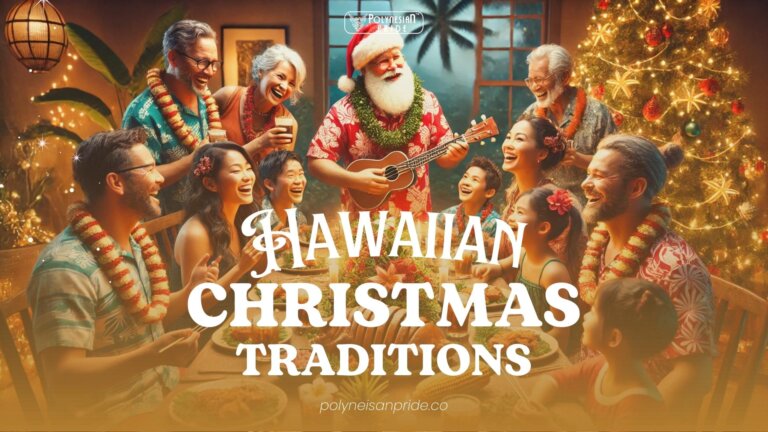Explore the Rich Vanuatu Culture: Heritage and Traditions Unveiled

I. Introduction
Vanuatu, an archipelagic nation in the South Pacific Ocean, boasts a rich and diverse cultural heritage that has captivated the imagination of visitors and researchers alike. This island nation, comprising 83 islands, is home to a tapestry of traditions, customs, and beliefs that have been carefully preserved and passed down through generations. Vanuatu Culture is a vibrant reflection of its Melanesian roots, colonial influences, and the unique adaptations made by its people to thrive in their tropical paradise.
In this article, we will explore the fascinating aspects of Vanuatu’s culture, from its intricate social systems to its captivating arts and culinary traditions.
II. Overview of the Vanuatu Culture
1. Ancient Origins and Migrations of Vanuatu Culture
The Vanuatu Culture has deep roots dating back around 3,000 years when the Lapita people first settled on the islands. Renowned for their navigational skills and distinctive pottery, the Lapita brought advanced seafaring, agricultural practices, and social structures that influenced Vanuatu’s cultural development. As the population spread across the archipelago, different islands developed unique identities while sharing common elements such as kinship and oral traditions.

Over time, contacts with other Pacific islanders and Europeans introduced new influences, but Vanuatu’s traditional customs remained resilient. Today, the country’s rich cultural heritage reflects this blend of ancient traditions, local adaptations, and external influences.
2. Vanuatu Culture: Social system and customs
What is the culture of Vanuatu? Culture in Vanuatu maintains a rich diversity due to differences in local regions and outside influences. The country can be categorized into three main cultural areas. In the northern region, generosity determines status, where individuals gain wealth by giving away goods through a hierarchical system. Pigs, especially those with curved tusks, are seen as a sign of prosperity across Vanuatu.

In the central part, more traditional Melanesian cultural practices are prevalent. In the southern region, a system has evolved that involves granting titles along with specific privileges. Young men participate in different traditional ceremonies and rituals as part of their transition into manhood, often involving the practice of circumcision.
III. Vanuatu Culture: Music, Dance, and More
1. Music
Traditional music, also known as kastom singsing or kastom tanis in Bislama, still thrives in the rural areas of Vanuatu. The musical instruments mainly consist of:
- Idiophones
- Drums of various shapes and sizes
- Slit gongs
- Rattles
- Aerophones
- Conch shells
- Whistles
- Bamboo flutes
- Membranophones
- Chordophones

Traditional instruments in Vanuatu include the famous large slit gongs that are symbolic of the country. These instruments were typically used as drums for dancing and sometimes ceremonial purposes. While they can be seen across Vanuatu, they are played explicitly in an upright position in the central regions of the archipelago, particularly on Ambrym Island. String band music became popular across Vanuatu during the 20th century. It involves combining guitars, ukuleles, bush bass, and popular songs.

In recent years, the music industry in Vanuatu has overgrown, with several bands creating a distinct ni-Vanuatu identity. Modern commercial genres like Zouk Music and Reggaeton are popular in urban areas. Reggaeton, a form of hip-hop rapped in Spanish with its unique beat, is particularly enjoyed in local nightclubs in Vanuatu, where the audience mainly comprises Westerners and tourists.
2. Dance
Vanuatu, known for its rich cultural diversity, maintains traditional solid practices such as ceremonial dance, magic, and ritual. Ambrym is renowned as the hub of black magic in Vanuatu, where the Rom dance occurs. The Fanla or Rom dance is linked to ancient circumcision and initiation customs for boys, steeped in mystery and tradition. Elaborate costumes are kept hidden until the ceremony commences, with some masks being used only once.

Large drums are positioned in a secluded area of the dense forest, setting the stage for the rhythmic sounds of drums. Warriors representing malevolent spirits emerge, dressed in leaves and striking masks. Their synchronized movements to the beat of drums, eerie chants, and gentle flute music create a mesmerizing spectacle.

While the dance is a form of magic, it also serves as a means for younger individuals to advance within society. It is believed that these performances influence the fertility of crops, and masks are burned after the ceremony to ward off evil spirits from lingering and causing harm to the village.
3. Painting

UNESCO has acknowledged sand drawing from Vanuatu as a significant art form and classified it as a Masterpiece of the Oral and Intangible Heritage of Humanity. Aloi Pilioko, a prominent contemporary artist from Vanuatu, is known for his vibrant relief artwork displayed at the post office in Port Vila. Additionally, an impressive wall painting can be found on the administration building across from the market hall in Port Vila.
4. Sport

Football is the most popular played sport in Vanuatu. The VFF National Super League is the country’s premier football division. Additionally, the Port Vila Football League is another tournament that takes place. The choice of sport often differs based on gender. Volleyball is typically seen as a sport for girls, whereas boys tend to play soccer and rugby union.
5. Language
Vanuatu has three official languages: English, French, and Bislama. Bislama started as a pidgin language but has evolved into a creole in urban areas, blending Melanesian grammar with English vocabulary. Most people in Vanuatu speak it as a second language. Apart from these, there are still 113 indigenous languages actively used in the country.
Vanuatu holds the record for the highest density of languages per capita globally, with an average of 2,000 speakers per language. These native languages all fall under the Oceanic branch of the Austronesian family.
IV. The Traditional Cuisine and Drink of the Vanuatu Culture
The culinary traditions of Vanuatu are deeply rooted in the island’s abundant natural resources and reflect the ingenuity and resourcefulness of its people. From hearty staples to unique delicacies, the food and drink of Vanuatu offer a tantalizing glimpse into the nation’s cultural heritage.
1. Vanuatu Culture Food
Vanuatu’s traditional dish is lap lap, a baked pudding made with grated yam, banana, manioc, or taro mixed with coconut milk and salt. The mixture is wrapped in banana leaves and cooked under hot volcanic stones. Different islands have their variations of lap lap.

For example, Malekula has a unique method called ‘Sosor,’ where a hot stone is placed in the center of the unbaked pudding along with chicken wings, onion, and tomato. Coconut milk is poured over the pudding before it is wrapped and baked. Once cooked, the Sosor is opened, the stone is removed, and the meat is steamed from the coconut milk. As a dipping sauce, a well is made in the center for more coconut milk. Local markets often sell lap lap with toppings like chicken, beef, octopus, or fried fish.
Another popular Vanuatu culture food is Simboro, a steamed roll made of grated banana, manioc, yam, taro, or flour wrapped in banana leaves and covered in coconut milk.
2. Vanuatu Culture Drink
Kava, a traditional drink that doesn’t contain alcohol but has psychoactive effects, is very popular in Vanuatu Culture. It’s made from the Piper methysticum plant and is typically consumed in the evening before dinner, mainly by men but increasingly by women. While it does have mild narcotic properties that help relax individuals, its main appeal lies in the laid-back social atmosphere it creates, which is valued in both urban and rural settings, especially at the nakamal.

Kava is a widely known drink in the South Pacific region, deeply rooted in sacred traditions and cultural beliefs. However, in some social circles, the original significance and customs associated with kava drinking have lost their importance and respect, leading to potential beverage misuse.
V. Vanuatu Culture: Marriage, Family, and Inheritance
1. Marriage
The marriage rate is almost at 100 percent. In the past, leaders of family groups would organize marriages for their children. Marriage plays a crucial role in the ongoing exchange of relationships between family groups and communities, often involving the exchange of gifts. Some well-educated city dwellers have embraced Western ideas of romantic love and choose to marry on their own, with or without family consent. Marriage customs dictate which family groups are suitable for providing spouses.

In the southern part of the country, marriages follow a sister exchange pattern, where a man who marries a woman from another family must provide a woman in return. This woman could be an actual sister marrying one of her brother’s new wife’s brothers, a symbolic sister, or even a future daughter. In some regions, significant amounts of goods (bride wealth) are exchanged, such as money, pigs, kava, mats, food, and cotton cloth. In the past, influential men might have had multiple wives, but monogamy became more common after the influence of missionaries. There are three main types of marriages: religious, civil, and traditional. Divorce rates are extremely low.
2. Family

The nuclear family is the main household unit, responsible for daily economic activities and consumption. In the past, men and boys used to live in separate houses, but nowadays families usually live together under one roof. While both partners may participate in running the household, men usually claim primary authority over their families, often citing tradition and Christian teachings.
3. Inheritance
In rural areas, inheritance practices are based on traditional customs rather than European influence, unlike in urban settings. Land ownership is transferred to relatives either through the father’s or mother’s side of the family. Some communities have a tradition of disposing of many of the deceased person’s belongings, with the remaining items being inherited by the spouse and children.
VI. Vanuatu Culture: Religion, Festivals, And Holidays
Christianity is the dominant religion in Vanuatu, with around one-third of the population following the Presbyterian Church. The Anglican and Roman Catholic denominations are also popular, with about 15% of the population as adherents. Cargo cults, which emerged after World War II, are present in the Culture of Vanuatu, with the John Frum cult being one of the few surviving ones, particularly strong on Tanna Island.
The Prince Philip Movement, which honors Prince Philip of the UK, is another significant belief system on Tanna Island, rooted in the indigenous beliefs of the Yaohnanen tribe. Aneityum Island practices spirit worship through Natmasses, which are represented by stones. Islam is also gaining followers in the country.

The people of Vanuatu observe the Christian calendar, with a special focus on the Christmas and New Year’s period known as Bonane. When the year comes to a close, city dwellers go back to their native islands. In rural areas, individuals come together to sing both religious and non-religious songs, traveling to nearby villages to share their music. Vanuatu People still mark traditional holidays. In various locations, locals arrange ceremonies to honor the first fruits, especially focusing on the yearly yam harvest.
The most impressive festivity is the land dive on the southern part of Pentecost Island. Visitors occasionally participate in other customary rituals like:
- Harvest festivals
- Male initiation rites
- Kava and pig exchanges
- Days of dancing during the Toka Festival
Secular holidays in Vanuatu include:
- Independence Day on July 30
- Unity Day on November 29
- Family Day on December 26
- Constitution Day on October 5
- Custom Chiefs Day is on March 5
Apart from the holidays listed earlier, both planned and spontaneous sports games are well-liked, along with fundraising events like carnivals, agricultural exhibitions, and arts celebrations.
VII. Conclusion
The Vanuatu Culture is a rich tapestry woven from diverse traditions, customs, and beliefs that have endured through centuries. Vanuatu’s history and culture embody resilience and continuity from its vibrant oral traditions and intricate ceremonial practices to its deep-rooted connection with nature and the ancestral spirits.
This South Pacific nation’s cultural identity is celebrated through its music, dance, art, and unique forms of craftsmanship, reflecting a profound respect for heritage and community. As Vanuatu navigates the currents of modernity, its cultural legacy remains a beacon of identity, fostering pride and unity among its people.
Frequently Asked Questions (FAQs)
What is the cultural symbol of Vanuatu?
Pigs, particularly those with rounded tusks, are considered a symbol of wealth throughout Vanuatu. In the center, more traditional Melanesian cultural systems dominate. In the south, a system involving grants of title with associated privileges has developed.
What makes Vanuatu unique?
Vanuatu boasts 113 distinct languages and innumerable dialects, making it one of Earth’s most culturally diverse countries. It has three official languages: Bislama (pidgin English), French, and English. The population is predominantly young, with 62% of the population below 24.
What is Vanuatu’s traditional food?
The Vanuatu traditional dish is lap lap, a baked pudding made from grated yam, banana, manioc, or taro mixed with coconut milk and salt, wrapped in banana leaves, and baked under hot volcanic stones.
What is the biggest problem in Vanuatu?
Along with the other Pacific small island developing States (SIDS), Vanuatu faces existential threats due to rising sea levels, ocean acidification, and the increased frequency and severity of natural disasters. It is on the front line of the climate crisis.
What is the national flower of Vanuatu?
National Flower of Vanuatu, The Hibiscus Flowers.

I am Leilani Miller – I research focusing on Vanuatu – volcanic landscapes, blue holes, coral reefs & rainforests. I have over five years of experience researching and sharing insights on tourism and environmental activism. Explore and experience without limits through my latest article.
Contact information:
Email: [email protected]
Tel: +1 (808) 555-1528






